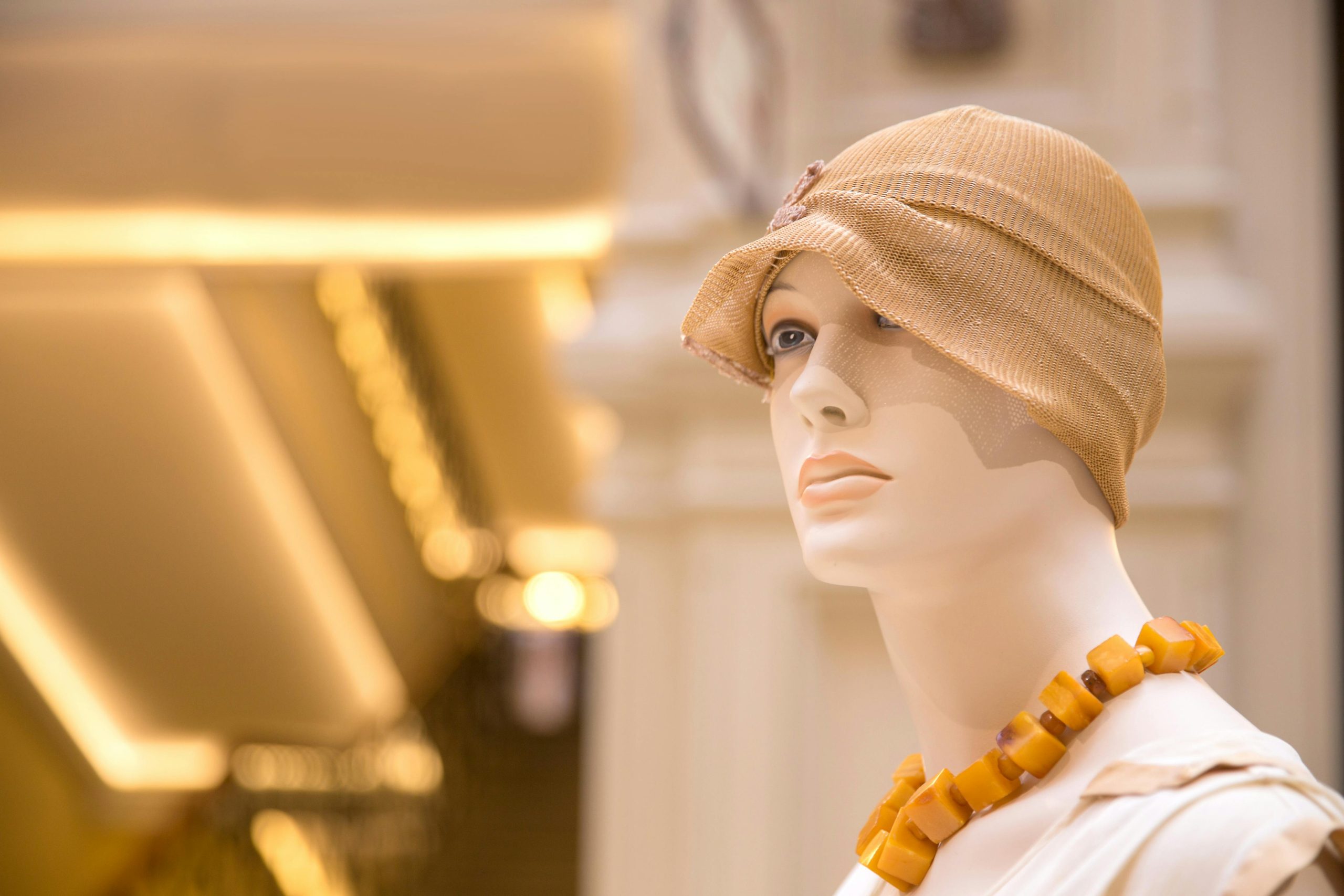Revolutionising the Textile Industry
The definition of fashion is changing. Fast fashion is being replaced by slow fashion, and today’s consumers care deeply about how the apparel they’re wearing has been manufactured. They’ve become more mindful about the environment and thus only want to wear clothes that are ethically-sourced. Honestly speaking, there’s nothing wrong with this. In fact, it’s a welcoming move. Even those studying fashion and apparel design courses are learning about new and innovative ways of producing clothing. A breakthrough in the textile industry is bacterial dyes.
There are no two thoughts about the fact that all of us love wearing clothes that are colourful. However, have you ever stopped and thought where these colours come from? Most clothing we wear today is coloured using synthetic dyes. A dye can colour paper, plastic and fabric. Since synthetic dyes are inexpensive and widely available, they are being used by all garment manufacturers. Despite their huge popularity, they pose some serious health risks to humans and the environment in general.
Owing to the polluting nature of the dye, rivers are left dirty with chemicals and pigments, and runoff from textile dyeing factories harm the entire ecosystem. While natural dyes do exist, they have their own disadvantages. Owing to its inferior colour fastness, it’s not the first choice of textile manufacturers.
What is Bacterial Dye?
A solution to this is bacterial dyes. They’re like natural dyes but pigment-producing bacteria. It’s surely an alternative to hazardous textile dyes. They do not require harmful chemicals for the dyeing process. Also, they require very little space and growing time compared to natural dyes. You will be surprised to know that even our forefathers dyed their clothes using other organisms. Thanks to the advances in biotechnology, microbiologists, designers and scientists are now working with bacterial pigments to produce dyes. There is no genetic engineering required either.
In order to produce bacterial dyes, the bacteria are selectively chosen and grown in laboratory fermentation tanks. Here they reproduce under optimal conditions and produce these pigments.
Why Do Bacteria Produce Pigments?
The dyeing process using bacteria is artisanal. Have you ever stopped and thought about why bacteria produce pigments in the first place? Here are a few reasons:
- For UV Protection – pigments present in bacteria such as carotenoids increase tolerance to UV radiation.
- To Photosynthesize – certain bacteria play a critical role in electron transfer to photosynthesis systems.
- Under extreme temperature, pH and radiation levels bacteria produces pigments
- Lastly, it is done as a defence mechanism
How is Bacteria Used to Dye Textiles?
As mentioned earlier, a number of pigments produced by bacteria can be used as dyes. When bacterial dyes were in the experimentation phase, the scientists usually grew the bacteria right on the fabric. The strain of bacteria that makes a particular pigment was grown directly on the fabric. For example, Chromobacterium Violaceum produces purple colour and Serratia marcescens produces yellow and orange. Next, the fabric is sterilised in a hot oven to kill any microorganisms present on it. More bacteria and their food are added to further sterilise the fabric. The fabric is then put in a warm place where it can reproduce and make lots of pigment. Again, the hot oven step is repeated to kill any further bacteria. The pigment that gets left behind is the dye.
A major benefit of using bacterial dye is that once the pigment is harvested from the bacteria, it can be used as a dye extract for any fabric. For natural dyes, crops have to be grown in vast amounts of agricultural lands, and need water and time to grow. On the other hand, bacteria can produce pigments and dye the fabric at the same time within three days. No toxic or complex chemicals are used in the process compared to conventional dyeing. That’s a major reason, it has become a preferred fabric colouring choice today.
Benefits of Bacterial Dye on the Environment
No use of harmful chemicals
Compared to synthetic dyes, bacterial dyes use no chemicals. This results in absolutely no harmful chemicals let out in the environment.
No large agricultural land required
For natural dyes, usually crops have to be grown which require agricultural land. The requirement for bacteria is much smaller. They are grown and nurtured in small fermentation tanks or petri dishes. This also results in economic benefits. Minimal energy is also required for bacteria to grow thereby making the entire process cost-effective.
Pigment stability is higher
Back in the day, textile manufacturers would use synthetic dyes owing to its colour fastness. However, with bacterial dyes, the advantages outweigh toxic synthetic dyes. No matter how many times the fabric is washed, 100% of the pigment remains.
Pigments are biodegradable
It’s natural for a little bit of dye to go into waterways. Even if it does, the pigments can be degraded by other microbial life since it is organically produced. Bacterial dyes also possess anti-bacterial properties thereby making it friendly to humans, aquatics and animals.
Conclusion
The future of the fashion and textile industry is going to be defined by clean, green, sustainable and healthy processes. This applies not only to the workers but also the end-users. Bacterial dyes are surely a revolution in the fashion industry. Though, it will take time for both the organised and unorganised industry to adapt to this new technology, the future looks promising. As more students are pursuing BSc in fashion designing courses, we can only hope that this revolution becomes ubiquitous.




